The Corsair H80i GT and H100i GTX AIO Coolers Review
by E. Fylladitakis on November 16, 2015 8:00 AM EST- Posted in
- Cases/Cooling/PSUs
- Corsair
- Liquid Cooling
- Corsair Link
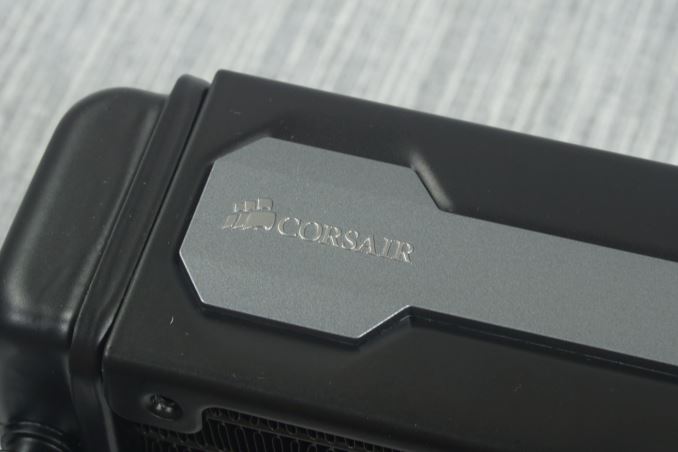
Corsair is a company that expanded furiously during the past decade, diversifying into several segments of the market. What once was a manufacturer of computer memory-related products today produces a great number of computer hardware and peripherals, from RAM modules and SSDs to cooling solutions and gaming peripherals.
Most of Corsair's users are probably unaware that one of the first attempts Corsair made to diversify was towards high performance cooling solutions. The company first entered the market of liquid cooling back in 2003 with the HydroCool 200. Even though the product also bear Delphi's logo, it was not terribly successful at the time due to its size, cost, and complexity. Corsair however did not give up and retried several years later with the release of the Hydro AIO series. The simplicity and relatively low cost made their liquid cooling solutions popular quickly.
Today, the AIO liquid coolers are amongst Corsair's most popular products. We had a look at several of their liquid coolers a year ago, in our mega roundup review of AIO coolers. In this review, we are going to have a look at their latest and most advanced 120 mm fan coolers, the H80i GT ($90) and the H100i GTX ($105). Both essentially are improved versions of the popular H80 and H100i respectively, featuring both aesthetic and performance upgrades.
Packaging & Bundle
Corsair supplies all of their advanced Hydro coolers in similarly sized and designed cardboard boxes. Essentially, the only thing that changes is the picture of the product and the color theme. The design is simple but elegant and attractive, with enough information printed on the box and in several languages. Inside the box, the coolers are well protected into a custom cardboard insert.
The bundle of both coolers is essentially identical, with the exception of the manual. Inside each box we found the necessary mounting hardware, an internal USB header cable and two identical fans. The fans are the SP120L PWM, fans designed for high static pressure and with a maximum rated speed of 2450RPM. There are no data regarding the fan's engine type but, assuming that they are based on the SP120 fans which Corsair retails, they should be using a hydraulic bearing as well.


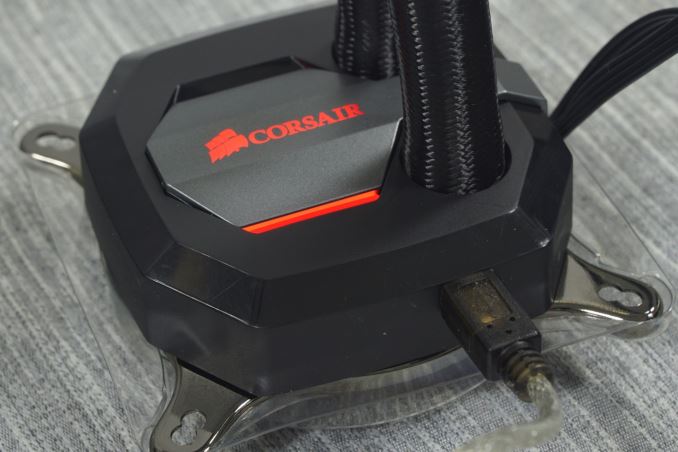
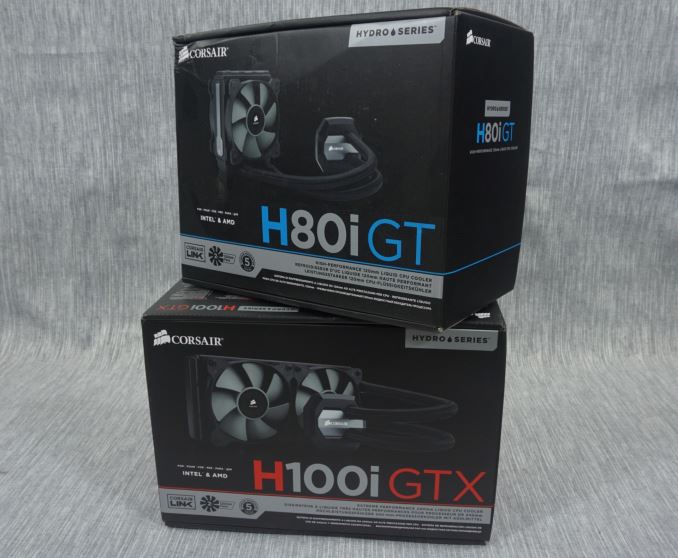
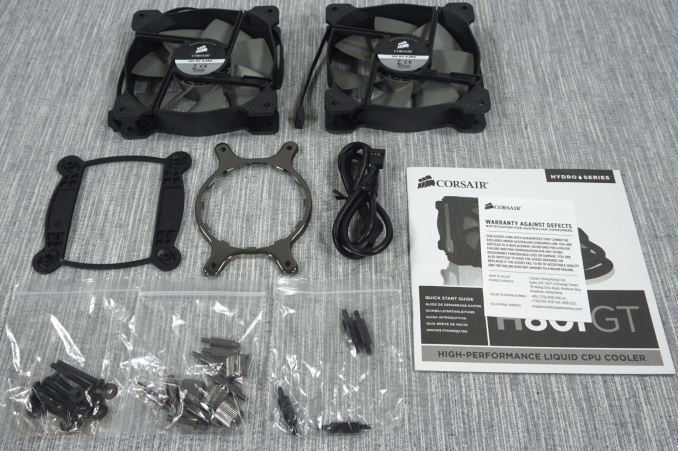
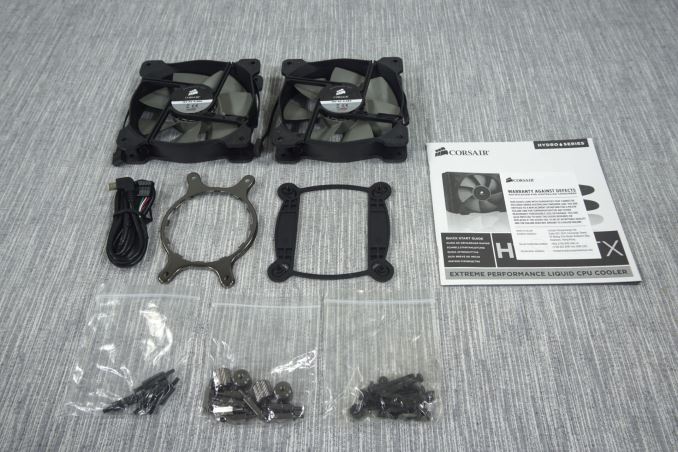








47 Comments
View All Comments
zeeBomb - Monday, November 16, 2015 - link
I came for the coolers. I wanna stay COOL.Der2 - Monday, November 16, 2015 - link
A cooling system is essential for a great PC build.ShortWicky - Monday, November 16, 2015 - link
Brilliant deduction Einstein, do go on with more glimmers of genius insightBlack Obsidian - Monday, November 16, 2015 - link
Fyll, it's possible that you've covered this before, but in cases where AIO coolers have the same heatsink/block unit as these two do, is the absolute thermal resistance essentially measuring the effectiveness of their radiators and fans, or are there other potential variables to consider?I'm guessing, for instance, that the days of significant variations in the quality of machining of the heatsink contact surface are long over? If I never have to lap another heatsink, it'll be too soon...
basroil - Monday, November 16, 2015 - link
Thermal resistance is affected by:1) Overall sink and radiator design
2) Fluid flow rate
3) Fluid type (not much change since all use basically the same thing)
4) Fan speed and efficiency
5) Mounting pressure
6) Thermal paste quality
Assuming 1-3 are identical (because of OEM designs), it's fan and paste performance and mounting pressure you see change thermal conductance
nathanddrews - Monday, November 16, 2015 - link
What AIO coolers have the quietest pumps (least whine)?rpjkw11 - Monday, November 16, 2015 - link
Nothing in this review shows a need to replace my Noctua NH-D15, cooling an i7 5960X @ 4.3 and an Asus STRIX GTX 980Ti. I'm having absolutely no problem with heat or air flow. One of these days I'll take the plunge and try a water AIO, but this ain't the day.Thanks for the great review!
shaolin95 - Monday, November 16, 2015 - link
So if "I'm having absolutely no problem with heat or air flow" then why did you read this whole thing for? ;)I much rather have an AIO for a clean look, easier to clean than a big air cooler and trust me...I used to love them! I had the D14 with 3 massive fans AND shrouds before. I started the thread for it in case you are curious how it used to look:
http://www.overclock.net/t/628569/official-noctua-...
Not saying that Air coolers are not good...the D15 is the top in my list but I prefer AIO.
Chaitanya - Monday, November 16, 2015 - link
A good air cooler is still better than most of the entry level/mid segment AIOs. AIOs have a copper heat plate and aluminium radiator, couple that with non-refillable system you might face a failed pump due to corroded metal. If you want an AIO better be ready to spend on likes of Swiftech/EKWB one as they don't mix metals together in the system and are user serviceable and expandable.Morawka - Tuesday, November 17, 2015 - link
AIO are disposable.. you use then for 3-5 years then that's it, 50% water has evaporated. You could open it up, but good luck with that.